Bangkok
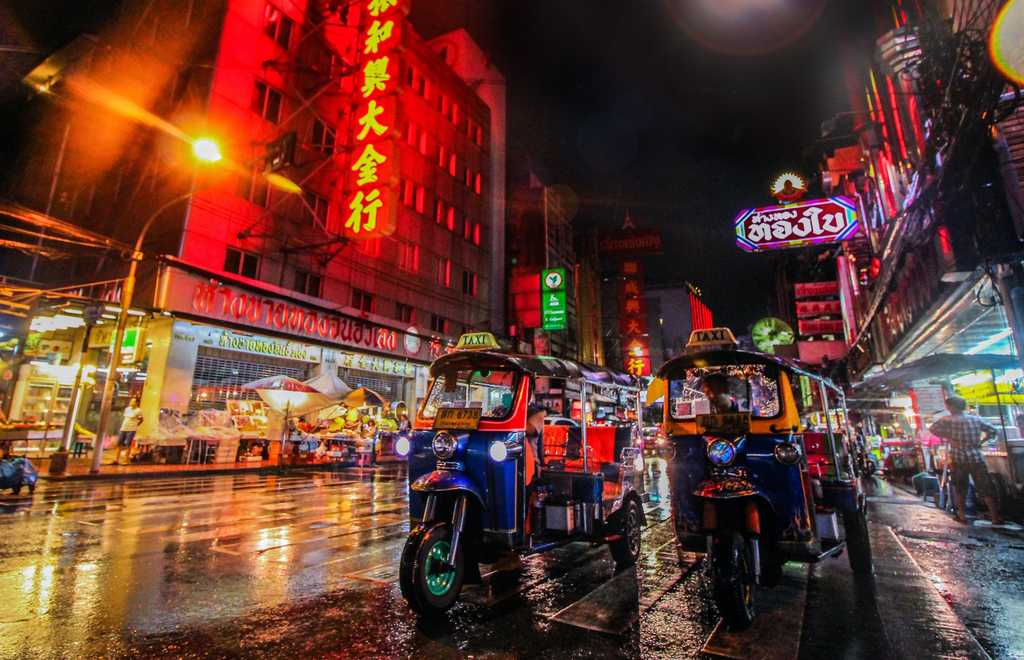
Bangkok is the vibrant capital of the country. One of the most populated in the region with a population around twelve million inhabitants. Bangkok, or Krung Tep as the locals call it, is a modern city full of skyscrapers, a growing mass transport system and luxury shopping malls. But also it is a city of contrasts. You can easily find a humble street food vendor selling fried rice to a well-dressed executive working in the high office building nearby. Contrast do not stay with social status, contrasts are everywhere; high end cars in heavy traffic jams, smelly fish stalls next to fragrant essence shops or strict traditional religious ceremonies followed by crazy dancing parties.
What to see
Grand Palace and Emerald Buddha
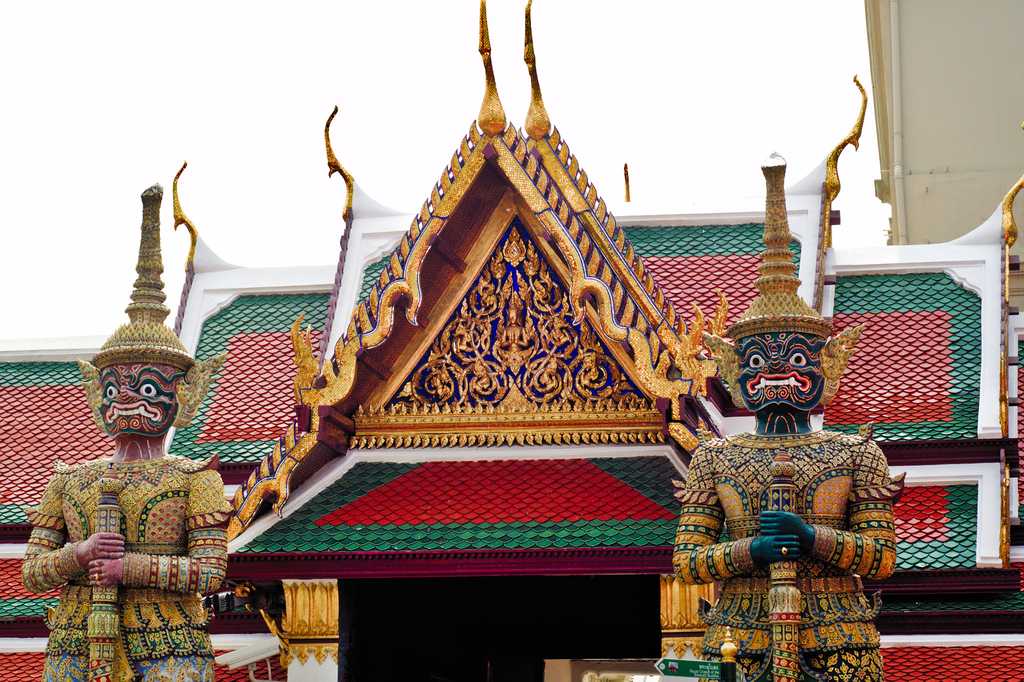
The Grand Palace of Bangkok is one of the most visited places in Thailand, and one of the best things to see and do in Bangkok. This architectural complex was the residence of kings from 1782 to 1925. The large number of visitors who tour the palace day after day can be somewhat overwhelming, but it is a must for any traveller passing through Bangkok.
After the destruction of Ayutthaya, the ancient capital of the kingdom of Siam, King Rama I decided to move the capital to the place where Bangkok is located today. And there he ordered the construction of a magnificent palace that would function as his place of residence and centre of government.
The imposing complex is protected by the Chao Phraya River, the backbone of the city. A wall almost two metres high separates the palace from the rest of Bangkok. Next to the wall there is a defensive channel that transforms the enclosure into a kind of island called Rattana Kosin.
Wat Pho
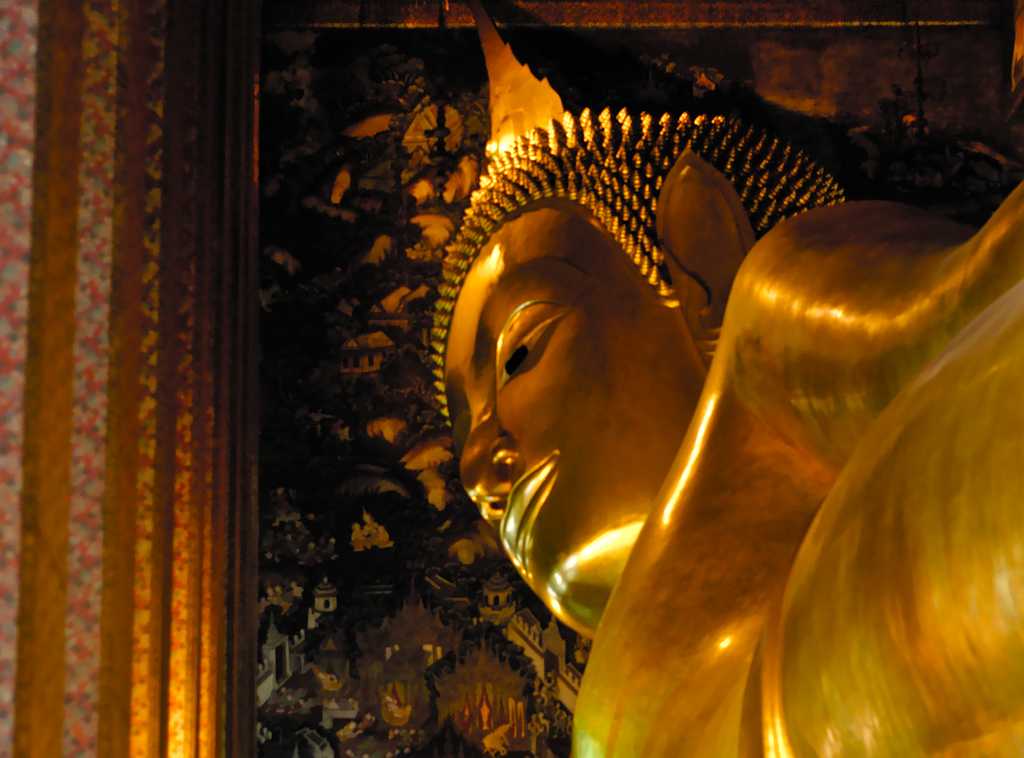
Wat Pho is a very popular temple in Bangkok. It is located next to the Grand Palace and houses a huge reclining Buddha figure more than 15 meters high and 40 meters long, the largest in Thailand.
Its contrast with the small dimensions of the temple is one of the things that draws most attention to the giant image of Buddha. There is hardly any space left to walk around the sculpture in a corridor and turn it around completely. You will probably find yourself juggling to get a picture with the camera from a safe distance.
The Buddha is completely covered with gold leaf and shines in a special way inside the small temple. His eyes are made of mother-of-pearl, and his feet are delicately inlaid with the same material. Do not miss this detail when you are there, it is really amazing the level of pointillism of the designs.
Wat Arun
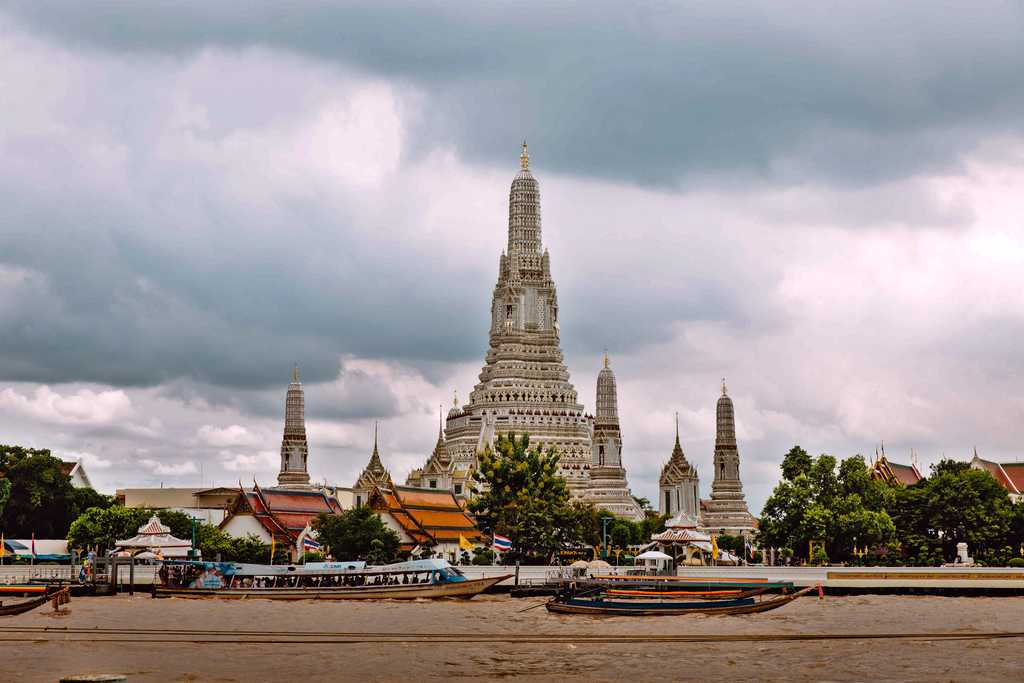
Wat Arun, or Temple of the Dawn, is considered by many to be the most beautiful in Bangkok. It draws attention with its delicate work of colourful mosaics. Sea shells and pieces of porcelain were used in the decoration. The golden silhouette of the Wat Arun shining at night by the Chao Phraya River is one of the most emblematic postcards of Bangkok.
The Wat Arun was built on the remains of an ancient temple called Wat Makok, which occupied the site at the time of the kingdom of Ayutthaya. When the capital was relocated, King Taksin decided to turn it into the royal temple and named it Wat Chaeng. For a short time, the temple housed the mythical figure of the Emerald Buddha, until it was moved to Wat Phra Kaew
The main tower, nearly 100 meters high, was not completed until the middle of the 20th century. It symbolizes Mount Meru in Hindu mythology. The building is surrounded by four other smaller towers. The base of the towers is decorated with figures of soldiers and animals.
What to do
Canal Tour
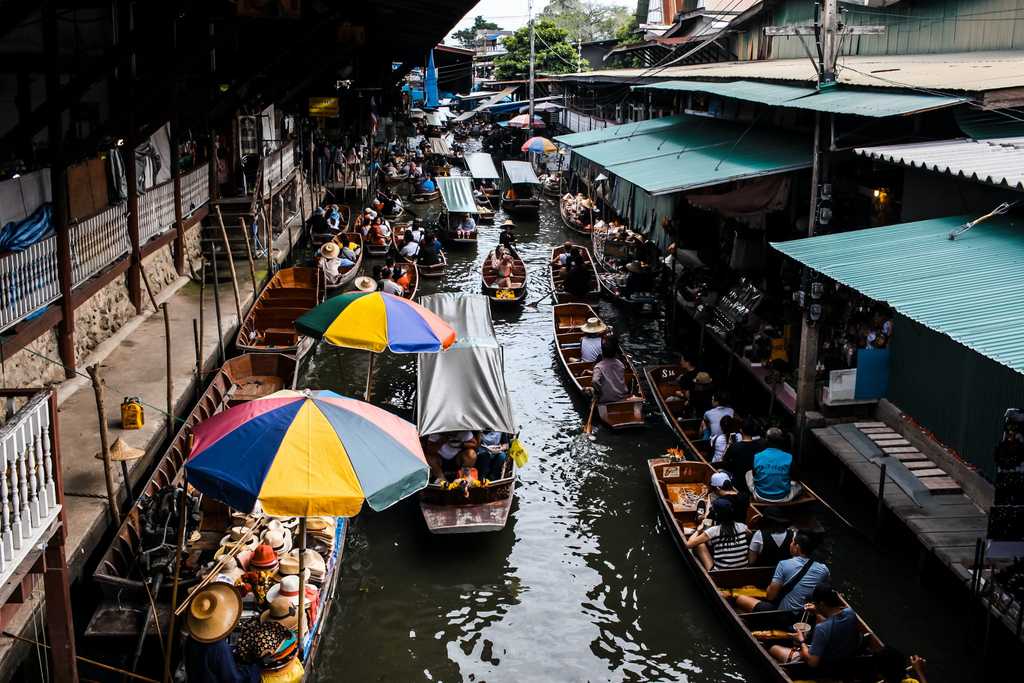
The public boats cost only 10 to 20 baht and take you to the same places as the luxury cruises, but with the charm of the authentic. Get on the boat at sunset to enjoy a wonderful sunset.
Food Tour
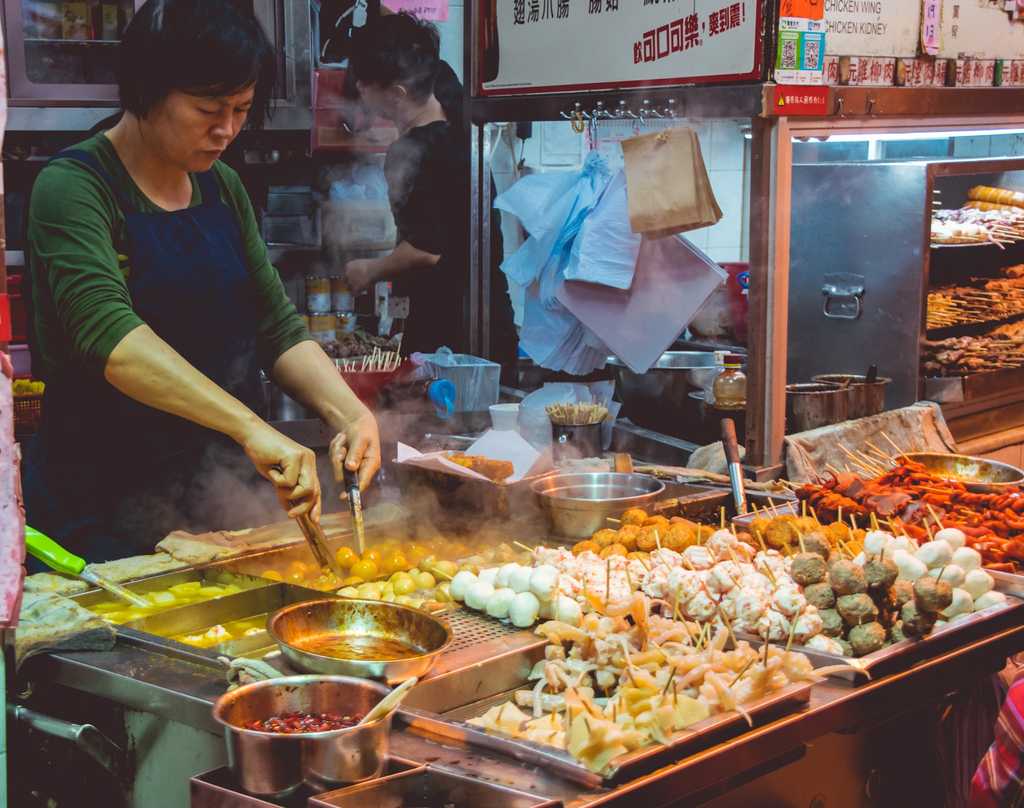
Day and night tours to get a taste of Bangkok. These are tours for tourists, but carried out by local guides who, as well as taking you to authentic bars and places you might not enter alone, teach you much more about the culture of the destination than a travel guide can tell you. Our guides were two modern girls with excellent English whose mission was to show us that there is much more to Bangkok than Pad Thai and fried rice.
Cooking Class
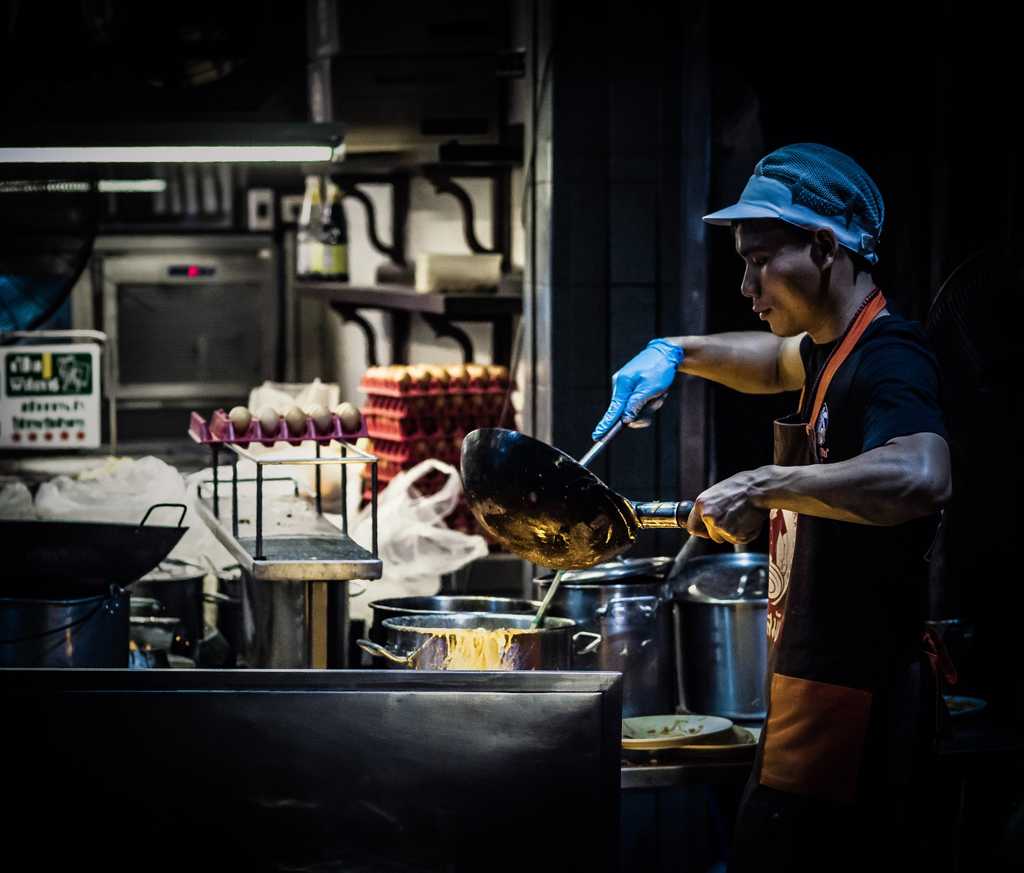
Those courses last 3 hours and in them you learn about Thai ingredients, cook three typical dishes and eat them later. All this with a team of aproned "elves" who come quietly from behind and help you to cut the ingredients well, lower or raise the fire in the wok and make sure you are on the right track. And maybe that's the secret; for three hours you become a real Thai chef who does his dishes wonderfully. Too bad we don't have those elves (or those ingredients) at home and we don't even remember the order of the food anymore.
Chatuchak Market
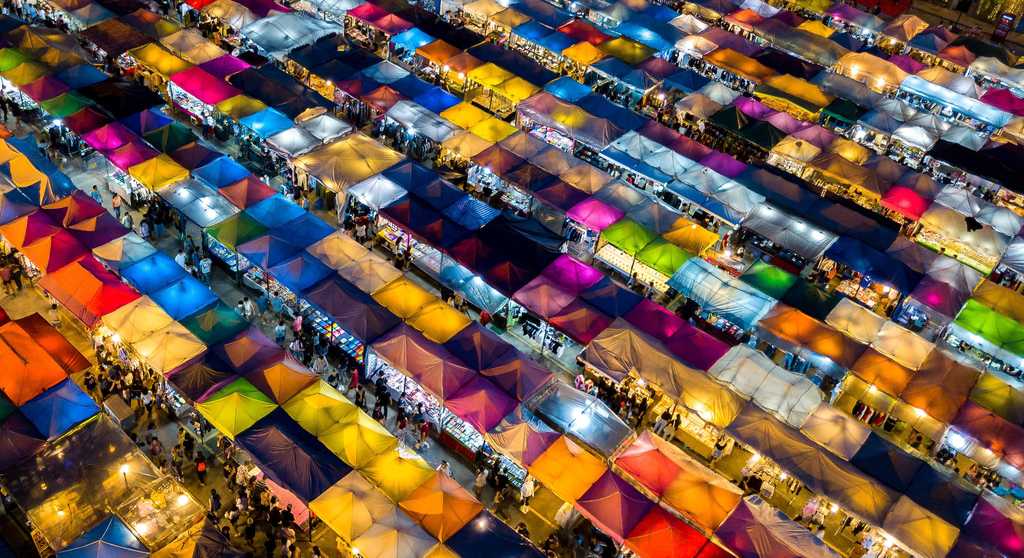
It opens only from Friday to Sunday, and has over 8,000 seats. What can you buy in it? What you can't get would be a more accurate question. There's simply everything from prepared foods to plants to antiques to books.
Bangkok Outskirts
Amphawa Floating Market
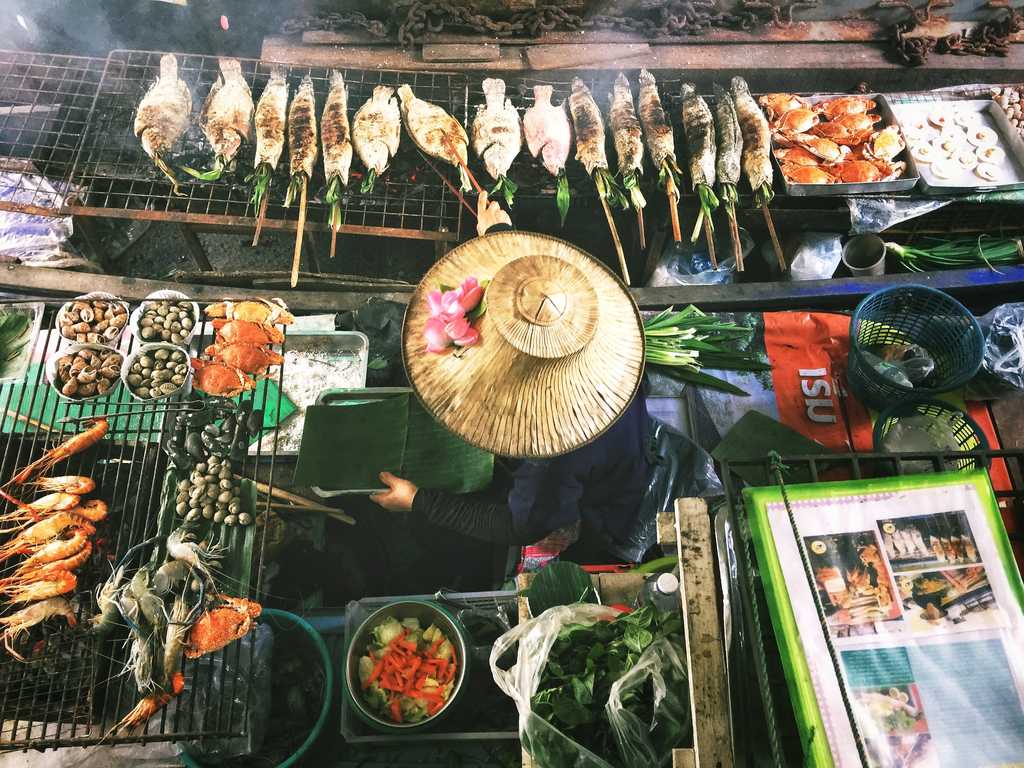
Located about 80 km from Bangkok, is the second most famous floating market. Although it has also become crowded and many tourists go to it, it is still highly frequented by Thais themselves, who go there to spend the day and eat with friends or family on weekends. The peak is at 3pm, but it is better to arrive a little earlier to eat the food they cook directly on the boats on the river.
Khao Yai
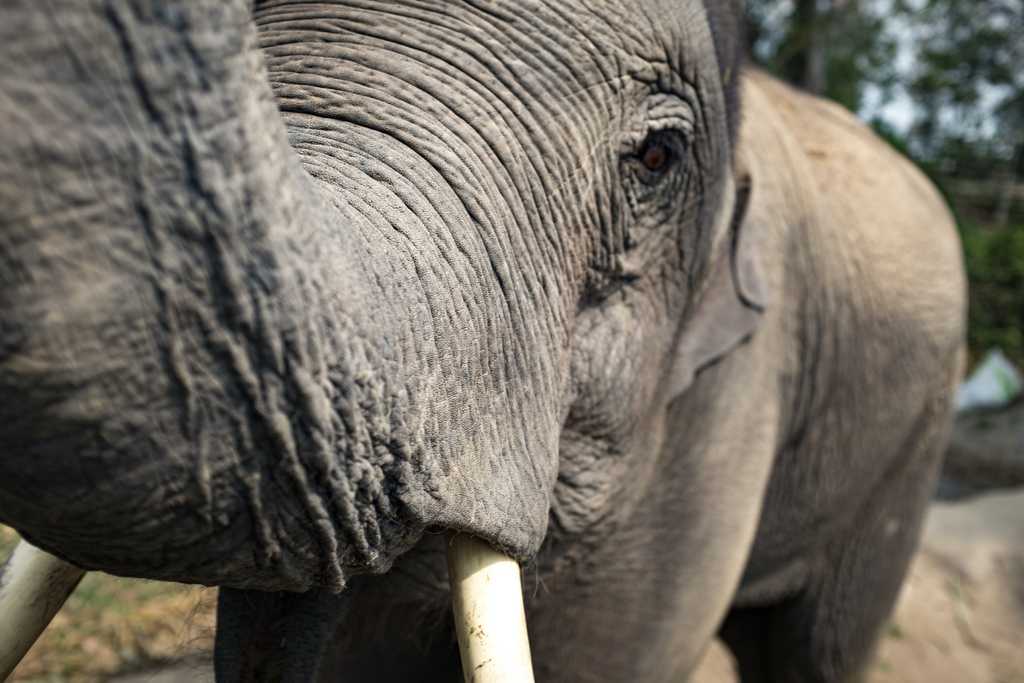
Khao Yai is Thailand's oldest national park and was declared a World Heritage Site by UNESCO. Its location, relatively close to Bangkok, is a major advantage when visiting it, as most travellers pass through the capital.